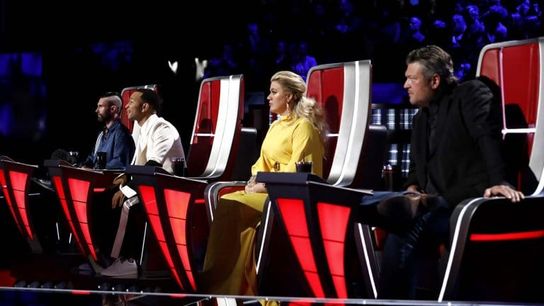Looking back, the Alliance of American Football never had a chance.
Sure, the Alliance was happy to tell anyone who would listen the league was good for three years -- including the on-the-ground employees who would leave their real jobs and move cross-country to see this vision become a reality. But the truth was the AAF was much, much closer to never playing a single game than it was to lasting three seasons.
Before we go any further, it must be acknowledged there's zero evidence spring football can work as a viable business. The closest anyone has ever come is the USFL, which lasted all of three seasons and folded nearly 35 years ago. Before we can lay any blame at the feet of Charlie Ebersol and Bill Polian, we must first admit that the very idea of spring football itself is probably as dead on arrival as selling salt water in the desert.
If spring football is to work, it will be done by Vince McMahon, a businessman who has made billions entertaining people and is willing to burn half a billion of his own dollars to make it work.
All that understood, the AAF was never going to work as it was constructed. Ebersol and Polian may have been the people to build a successful football league from scratch in 18 months' time, but not with the big money investors they had -- one who would be indicted for unrelated fraud months after funding the league, another who seemed determined to kill the league just as soon as he saved it.
All these facts are laid bare in Seth Wickersham and Michael Rothstein's exhaustive post-mortem look at how and why the AAF was born and killed, but this part was definitely my favorite. All minor leagues are looking for their version of the ABA's 3-point line, an idea that was at once wacky and revolutionary.
Rick Neuheisel, the former Colorado, Washington and UCLA head coach who led the AAF's Arizona Hotshots, thought he had one in borrowing from NBC's "The Voice." As you'll see below, the idea went over like a lead balloon with Polian.
After they moved to another spot, the conversation turned to ideas for the draft. Polian wanted to run it similar to the USFL draft, with teams holding territorial rights to local players. Speaking from the other end of a long, rectangular table, Ebersol and Rick Neuheisel, the former UCLA and Colorado head coach who had signed on to coach the Arizona Hotshots, had a different idea. They wanted in-demand players to be able to choose their teams.
Polian didn't understand the concept. Neuheisel and Ebersol explained that it was like The Voice.
"What?" Polian said.
"It's the greatest show!" Neuheisel replied.
Neuheisel explained the TV contest in which four celebrity vocal coaches spin around in their red chairs when they hear a singer they want on their team, then the singer chooses the coach, and so ...
"What does this have to do with anything?" Polian said.
Polian is renowned throughout the NFL for viewing the draft as a sacred institution, the annual output of his life's work -- and for his temper. His face started reddening, his body almost vibrating. "Steam started coming out of his ears," Rick Schaeffer, the AAF's senior counsel to the co-founders, says now with a laugh.
Ebersol jumped in. "No, no, there won't be red chairs."
"I can't take this anymore," Polian said.
The idea of Trent Richardson choosing among Neuheisel, Steve Spurrier and Kelly Clarkson on live TV sounds entertaining, but alas, it was never meant to be. Much like the AAF itself.
